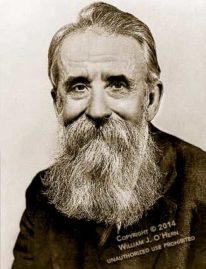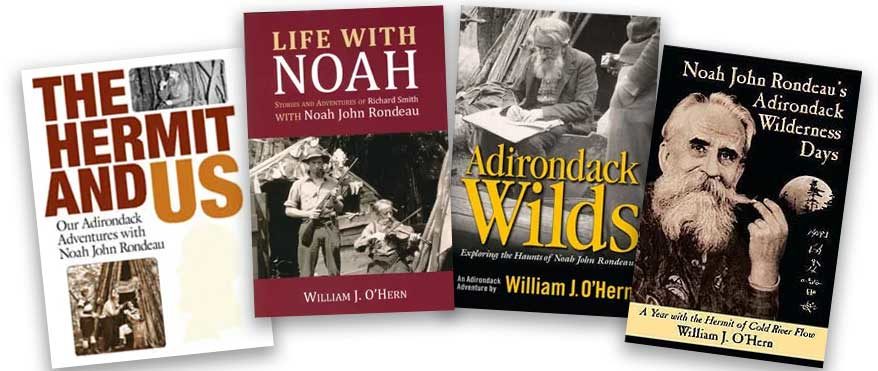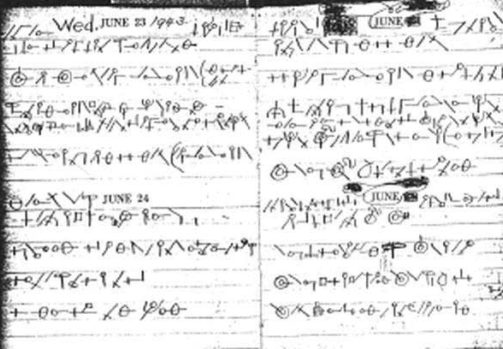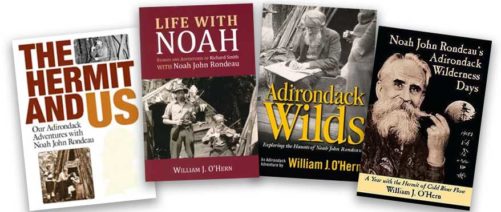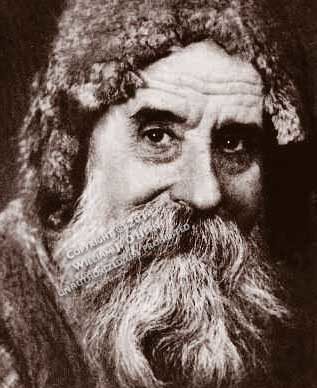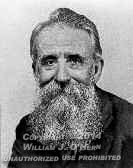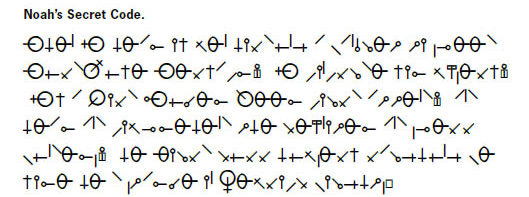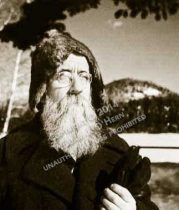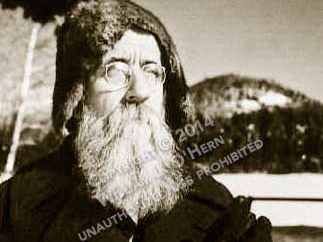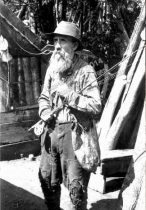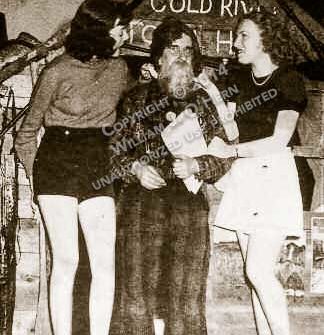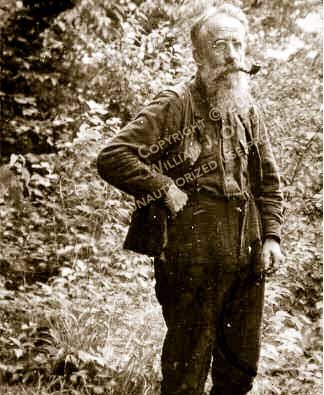1943 Countdown to Christmas: December 14 Quite cold, gloomy and lots of snow. December 15, At Cold River Beauty Parlor.
Hermit’s 1943 Countdown to Christmas
December 14: Quite cold, gloomy and lots of snow.
December 15: At Cold River Beauty Parlor.
From Noah’s Diary: December 14, 1943. Quite cold, gloomy and lots of snow. Hall of Records. 144 years ago today Geo. Washington croaked 1799. He’s been dead ever since. No more killing (murdering) non-combatant for you George. I call at Quark’s fox pills. Fisher track 100 [feet] from camp. I do much reading and writing.
December 15, 1943: Last Night . Today Sunshine. [Cold like a what? –dg] At Cold River Beauty Parlor. I call at Quack’s Fox Pills and Bellyache Swamp. 4 PM I see a Deer in Buck Slough. Hail Hitler.

Noah had “Wartime Frustration.”
Richard Smith (AKA QUACK) was 21 and working part time in Lake Placid when the United States officially entered World War II. He found himself helping Rondeau in many ways. This is Smith’s explanation for Noah’s frequent “Hail Hitler” quip found throughout the hermit’s wartime diaries.
Noah had begun closing his day-after-day notes with an unusual saying. Actually, it was a shout or protest against rationing.
During the fall of ’42 Noah left the hermitage to lay in his winter supplies at Saranac Lake, but he hadn’t heard rationing was in full swing, so after walking miles out [from the river] he was informed by Oxford Market he had to have ration stamps to get most of the things on his meager grocery list and that he must wait three weeks to get them. Of course he was furious and cursed the American government for this great inconvenience.

Earlier on, when we had gotten together, we had talked about the deepening war and the effects on the American public. I had explained then if it wasn’t for Hitler there wouldn’t be rationing. I suppose he forgot about rationing after that until he came out. Anyway, I was at the store with him, and after a tirade of cussing he simmered down. I explained I knew the people who ran the [War Pricing and Rationing] board…He just needed to give me some time…I would speak to them and try to get his ration stamps. After I made a few phone calls to Albany, they sent the stamps to Noah in care of me. I picked Noah up and we drove back to the market. His order was all ready. The owner even promised he would have it all transported to Long Lake for free, and the ranger who worked at Shattuck [Clearing] would bring it in by wagon.
Noah more or less forgave the government, but not before he made quite a spiel, saying if he had to live in a country that made a hermit go through so much he would blow his displeasure’s horn at Hitler at every opportunity he had. Later on, when he cooled off, he made a big joke of it. He cut a mustache from a bear skin and he would pull a lock of bear hair over one eye, and shout ‘Hail Hitler!’ each time we met. As far as Noah leaning toward Nazism, that wasn’t the case. It was more an expression of his disappointment in something he didn’t understand. As I told him, he wasn’t singled out. Everyone was on rations during the war years.


